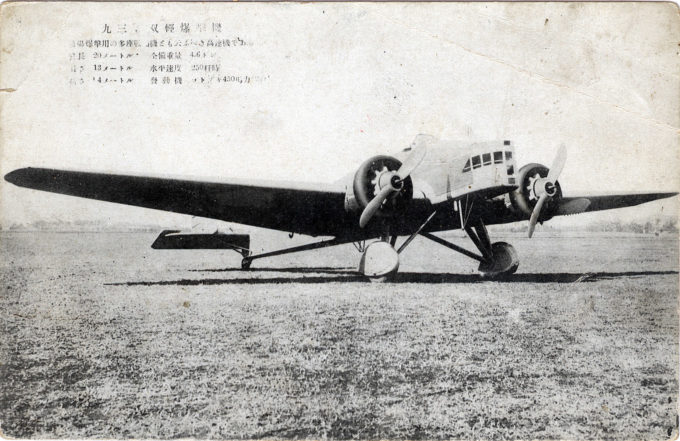
Mitsubishi Ki-2-I “Army Type 93” light bomber, c. 1935, as originally deployed when first flown in 1933.
The Mitsubishi Ki-2-I and Ki-2-II (Army Type 93 Twin-engine Light Bombers) were developed by Mitsubishi in the 1930s for the Imperial Japanese Army Air Service (IJAAS). Adapted from the Junkers S36 prototype, the Ki-2 series began with the Ki-2-I, first flown in 1933.
Despite its dated design, the Ki-2-I saw effective use in Manchukuo and North China during the early stages of the Second Sino-Japanese War, where the threat from enemy fighters was minimal. Later, it was repurposed for pilot and crew training.
An upgraded Ki-2-II featured enhancements such as an enclosed cockpit and nose turret, semi-retractable landing gear, and larger radial engines. Although considered obsolete by its introduction, it was successful in counterinsurgency operations in Manchukuo and limited aerial combat in North China.
A civilian version, the Ohtori (“Phoenix”), achieved record-breaking long-range flights, including a 1936 journey from Tokyo to Bangkok in 21 hours and a 1939 round-China flight covering 9,300 km(5,800 mi). During the Pacific War, the Ki-2-II was codenamed “Louise” by Allied forces.
- Mitsubishi Ki-2-I “Army Type 93” Twin-engine Light Bomber, New Year’s Card, c. 1935.
- Mitsubishi Ki-2-II views, c. 1935, upgraded from the Ki-2-I. {Source: Wikimedia]
- Mitsubishi Ki-2-I “Army Type 93” light bomber, c. 1935.
- Mitsubishi Ki-2-II “Army Type 93” Light Bomber, c. 1935.
Performance
Maximum speed: 225 km/h (140 mph, 121 kn)
Range: 900 km (560 mi, 490 nmi)
Service ceiling: 7,000 m (23,000 ft)


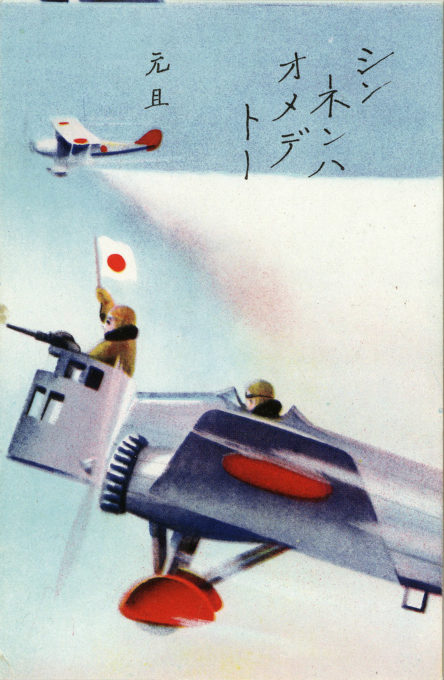
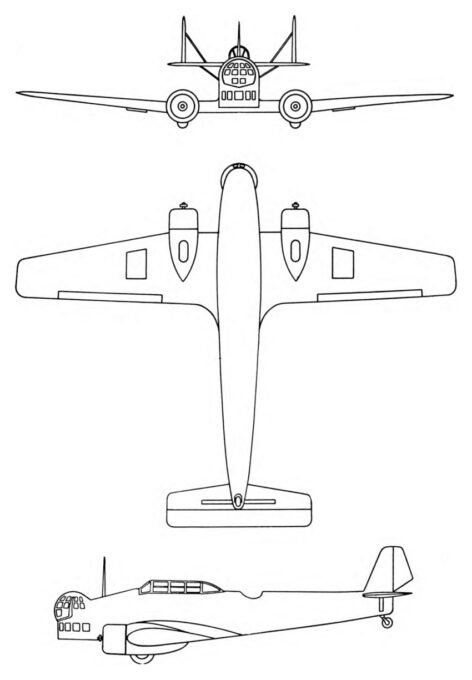
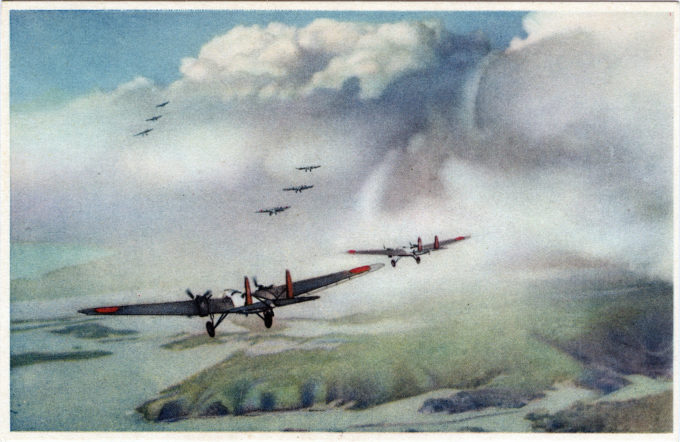
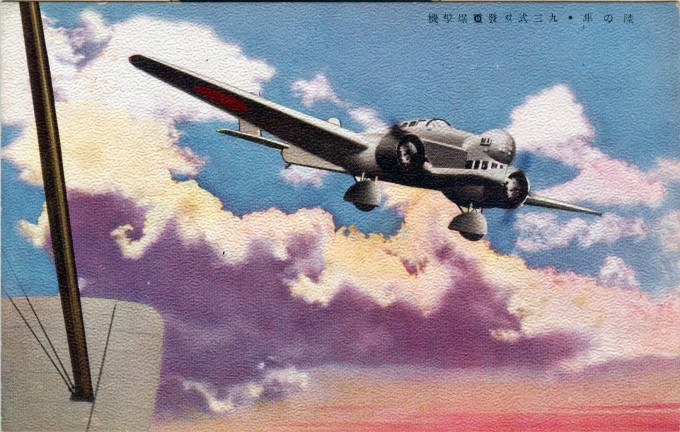
Pingback: Mitsubishi Ki-1 “Army Type 93” Heavy Bomber, c. 1935. | Old Tokyo